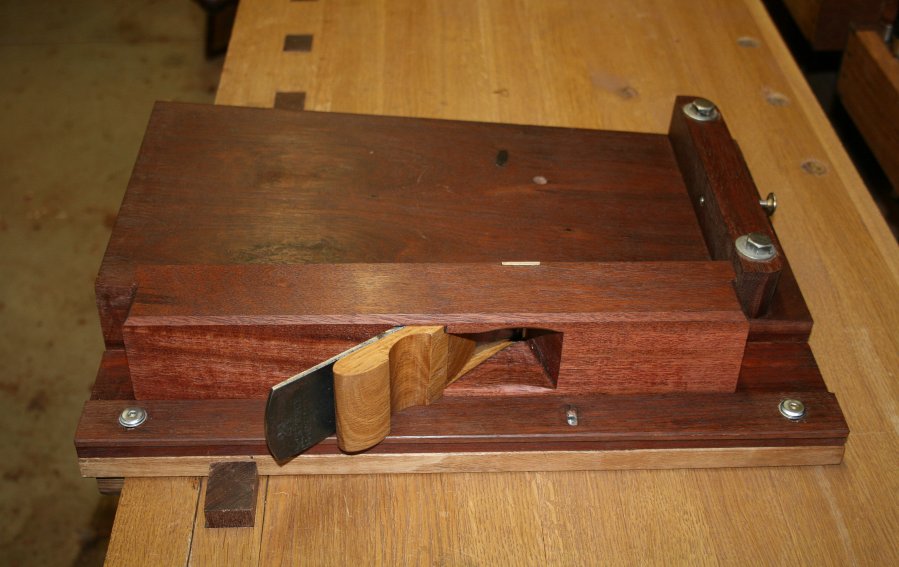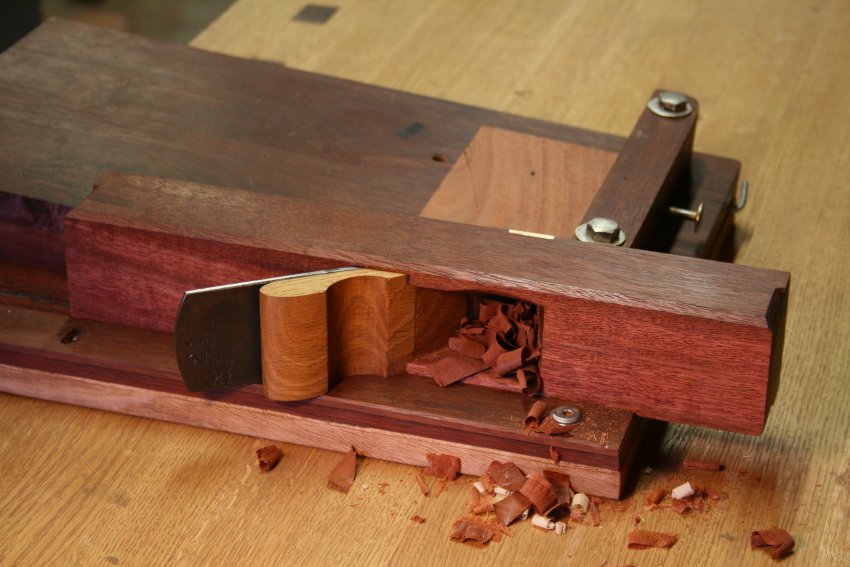Hello Everyone,
I know this topic can cause quite the ruckus but here goes.
I have been woodworking for a few years now and I think I have a good handle on hand tools, although I am no expert. I use Veritas bevel-up planes and I love them.
Regarding planes, I know that the lower the angle of the blade the easier it is to push the plane. The higher the angle the harder it is but it generally causes less tear out and leaves a better finish. Thus, smoothing planes generally use higher angles.
So my question is, why not use higher angle blades on all planes like the jack and jointer? I don't want those planes causes tear out either. Is it just because lower angles are easier to push or is there something else?
I know there are times when lower angles are better like when cutting end grain. So my question is limited to side grain - which is the bulk of my planing.
Thanks.
Hazem
I know this topic can cause quite the ruckus but here goes.
I have been woodworking for a few years now and I think I have a good handle on hand tools, although I am no expert. I use Veritas bevel-up planes and I love them.
Regarding planes, I know that the lower the angle of the blade the easier it is to push the plane. The higher the angle the harder it is but it generally causes less tear out and leaves a better finish. Thus, smoothing planes generally use higher angles.
So my question is, why not use higher angle blades on all planes like the jack and jointer? I don't want those planes causes tear out either. Is it just because lower angles are easier to push or is there something else?
I know there are times when lower angles are better like when cutting end grain. So my question is limited to side grain - which is the bulk of my planing.
Thanks.
Hazem







